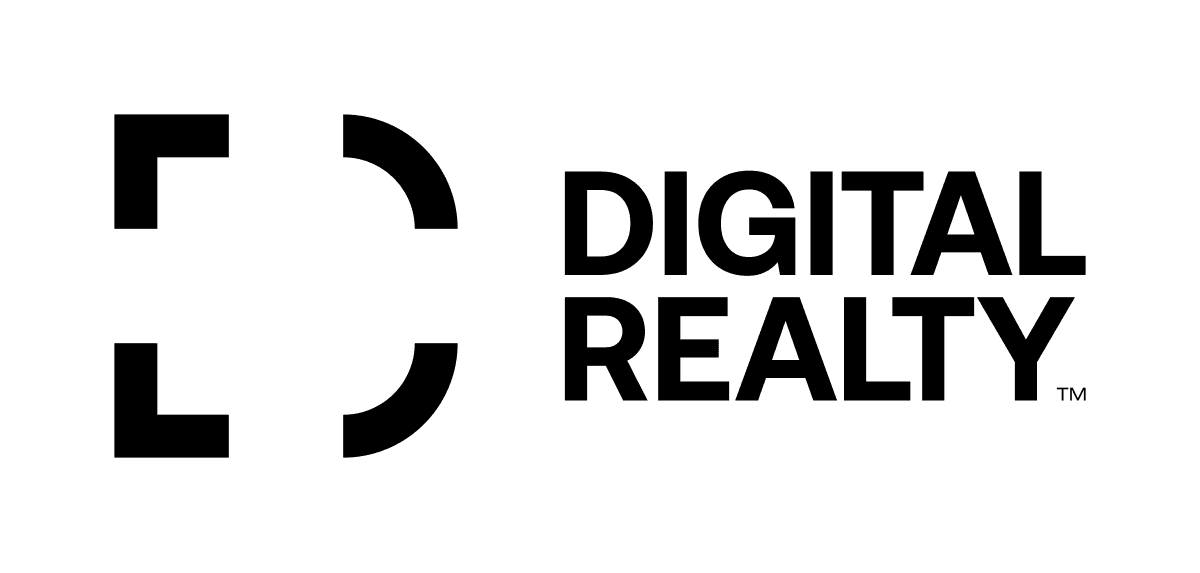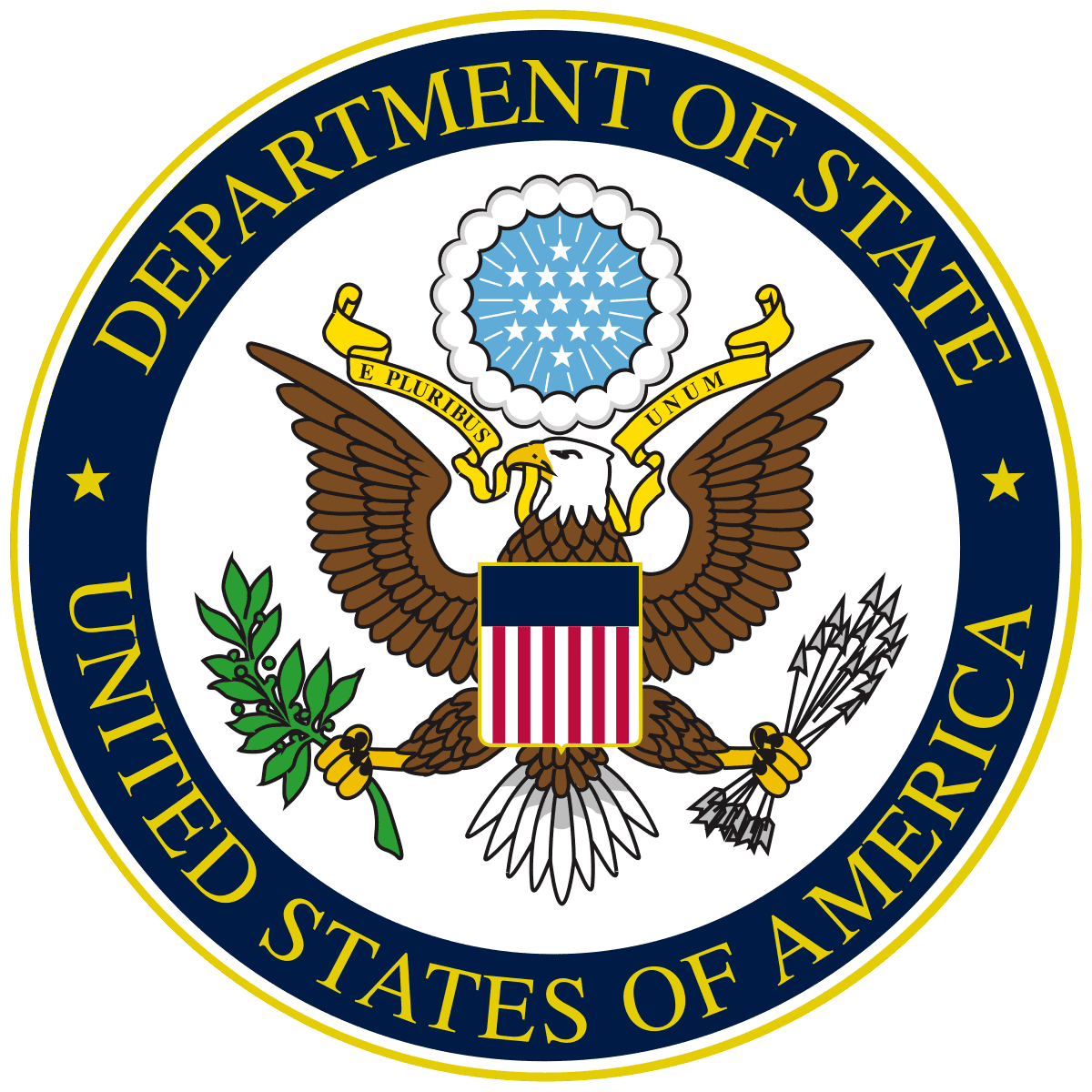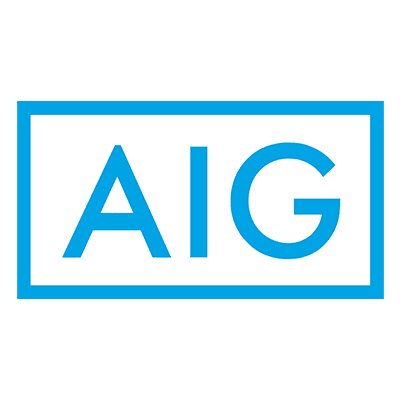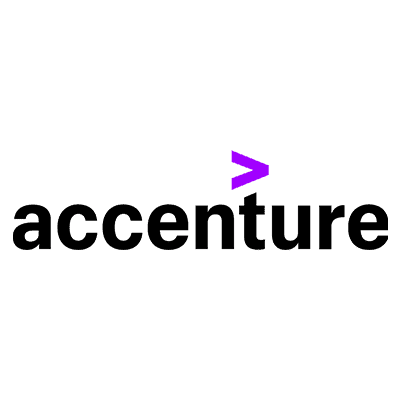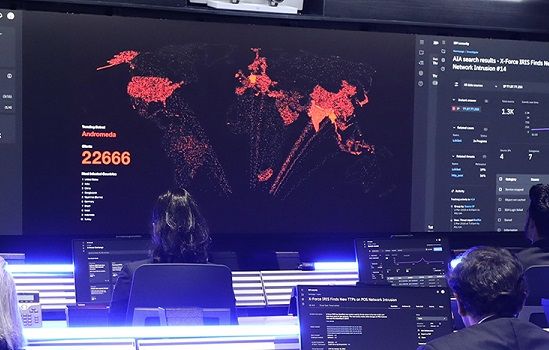
12 Mar 2024
Digital Economies: Which Comes First, Infrastructure or Apps and Services?
The chicken-and-egg conundrum appears when creating a Digital Economy – which comes first, the infrastructure or the apps? Ideally, they would grow together organically, in sync, as a nation's people joyfully watch a million flowers bloom. Creating a Digital Economy, especially in developing nations that have underdeveloped Digital Infrastructure and anemic app offerings, is more difficult than this floral, idealized vision.
To create a Digital Economy, IDCA Research and activities shows three key steps:
1. Create sufficient Digital Infrastructure to support a Digital Econom
2. Educate and train people to build and operate Digital lnfrastructure
3. Develop eServices and apps to utilize Digital Infrastructure
But this process can also be flipped on its head, as ideas germinate and turn into apps and services, justifying the need for more data centers, networking, and devices, with the need for sufficient education and training remaining omnipresent.
So which comes first, the infrastructure or the apps and services (that is, the chicken or the egg)?
Several Ways to Address the Question
We've found several ways to address this question through the large data set we've created within the IDCA Digital Readiness Index, which measures the relative situations and progress of the nations of the world. Data fields include several aspects of Digital Infrastructure along with many socioeconomic factors.
The data can be used to measure the strength of a nation's technological ecosystem on the one hand, juxtaposed with its socioeconomic ability to take optimal advantage of its installed technology. Logic would tell us that a nation relatively robust technology ecosystems but less-strong socioeconomic conditions need to focus on creating services; the obverse case would be a nation with a relatively strong socioeconomic picture but weak technology infrastructure.
Thus, the Index derives its Overall scores by integrating hundreds of factors into four categories: Economy (which focuses on technology infrastructure), Environment (which focuses on sustainability), Social (which focuses on income parity and physical infrastructure), and Governance (which focuses on stability and corruption).
Approach 1. Compare the Categories
Ideally, each of these categories contributes 25% of the overall score; the reality among the nations of the world is there are yawning gaps among categories for most nations and the ideal situation is never achieved.
Examples of nations, for example, that have Economic (ie, technology) scores that are relatively stronger than Social and Governance scores include: Bangladesh, India, Iran, South Africa, Thailand, Uzbekistan, and Vietnam.
On the flip side, nations that have stronger Social and Governance scores than Economic scores include: Bahamas, Equatorial Guinea, Puerto Rico, South Sudan, and most of the nations of the Gulf State region.
The first group, with the exception of Uzbekistan, features nations that have been able to bring considerable resources to technology development but are constrained by unique situations: Bangladesh and India face population pressures, Iran is in serious diplomatic isolation, South Africa continues to struggle with its relatively new democracy, Vietnam is highly dynamic and potentially volatile with its Communist/sort-of Capitalist system, and Thailand faces continued civil strife. Uzbekistan makes this list only because its technology development is even lower than its very slow social and governance progress.
The second group includes two of the lowest-income nations in the world, South Sudan and Equatorial Guinea; relatively prosperous Bahamas, which lacks strong technology development throughout its extensive chain of small islands; Puerto Rico, which is well-known for its lack of technology infrastructure; and the Gulf States, all of which have significant needs to upgrade their underlying Digital Infrastructure.
Approach 2. Look at Internet Speed
Another way to look at the Index data is to discern which nations have the relatively slowest Internet speeds with the highest overall scores. This approach addresses which nations have the best chances to achieve the bandwidth improvements they need. By “relatively,” we mean that wealthier nations are expected to have higher speeds than less-wealthy nations. So we can find both developed and developing nations in this group, all of which could benefit from increased Internet speeds.
The developed group includes Australia, the United States, the UK, Greece, and Italy. The developing group includes Puerto Rico, the Dominican, Guyana, and Mexico, all in Latin America.
Approach 3. Look at Sustainability
A third way to look at the Index data is to think about the need for new electricity to build Digital Infrastructure, then find which nations among those with the weakest sustainable grids have the most promising ability to improve them. This approach looks at low Environmental scores versus relatively high scores in the other three categories. Two groups emerge from this view: Indonesia, Singapore and Thailand in ASEAN; and Morocco, Oman, Tunisia, and the UAE in the Arabic world. Poland also stands out in this crowd.
No Single or Simple Answers
When analyzing and working with the data contained within the Digital Readiness Index, we find there is never a single answer (nor a simple answer) to any question. There are indeed many nations that should prioritize the creation of new Digital Infrastructure. Others may have a pronounced lack in a single area. Others have sufficient technology, but must address their social structures before having a chance to achieve further progress. As much as our approach is optimistic, it's clear that progress is highly unlikely to impossible in some nations, given their current conditions.
We have full analyses of 150 nations and significant data on the rest of the world, and follow the commonsensical notion that each nation faces unique challenges in creating its own Digital Economy and achieving socioeconomic progress.
Follow us on social media:


.d57b427b.png&w=3840&q=75)

